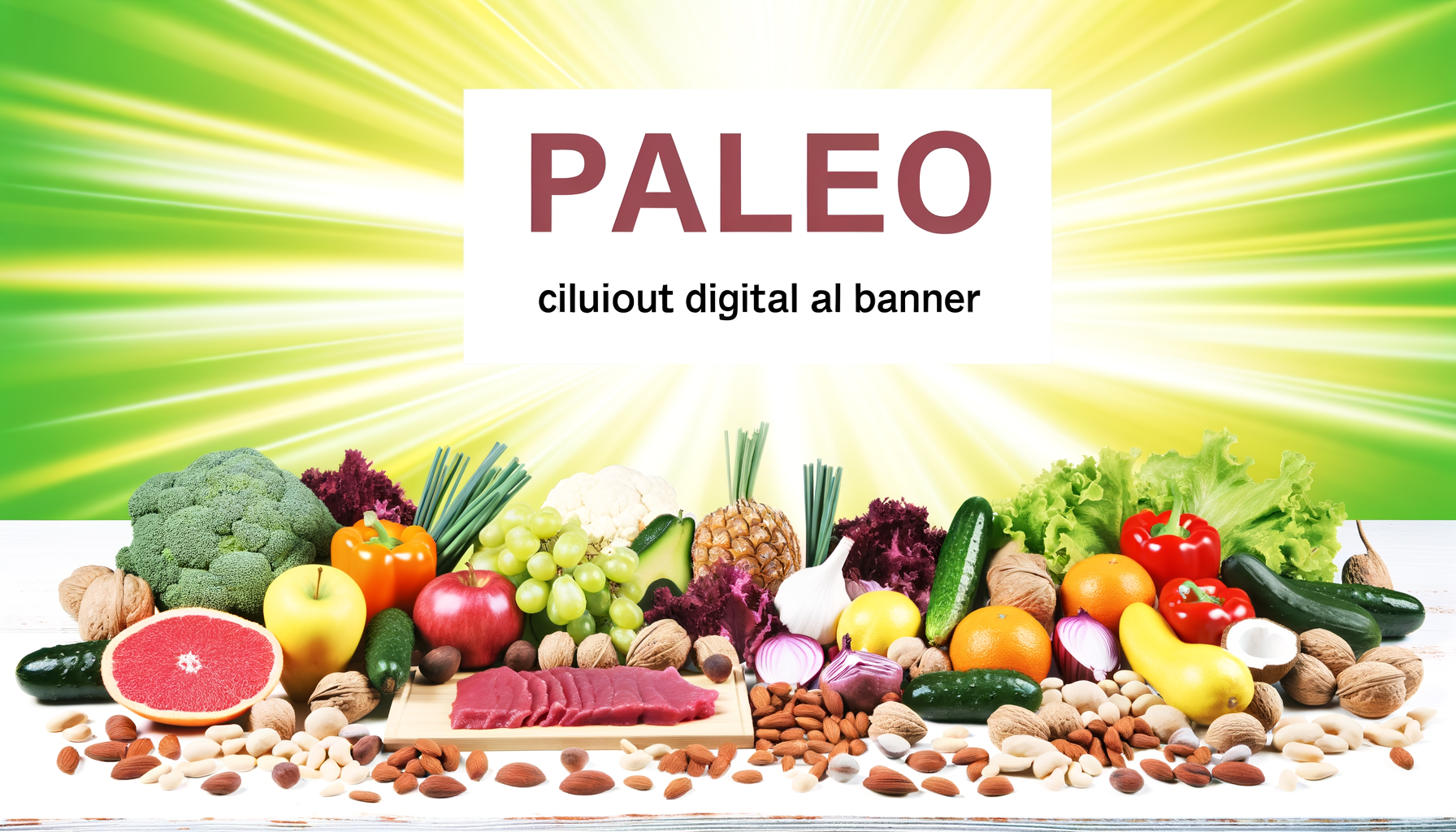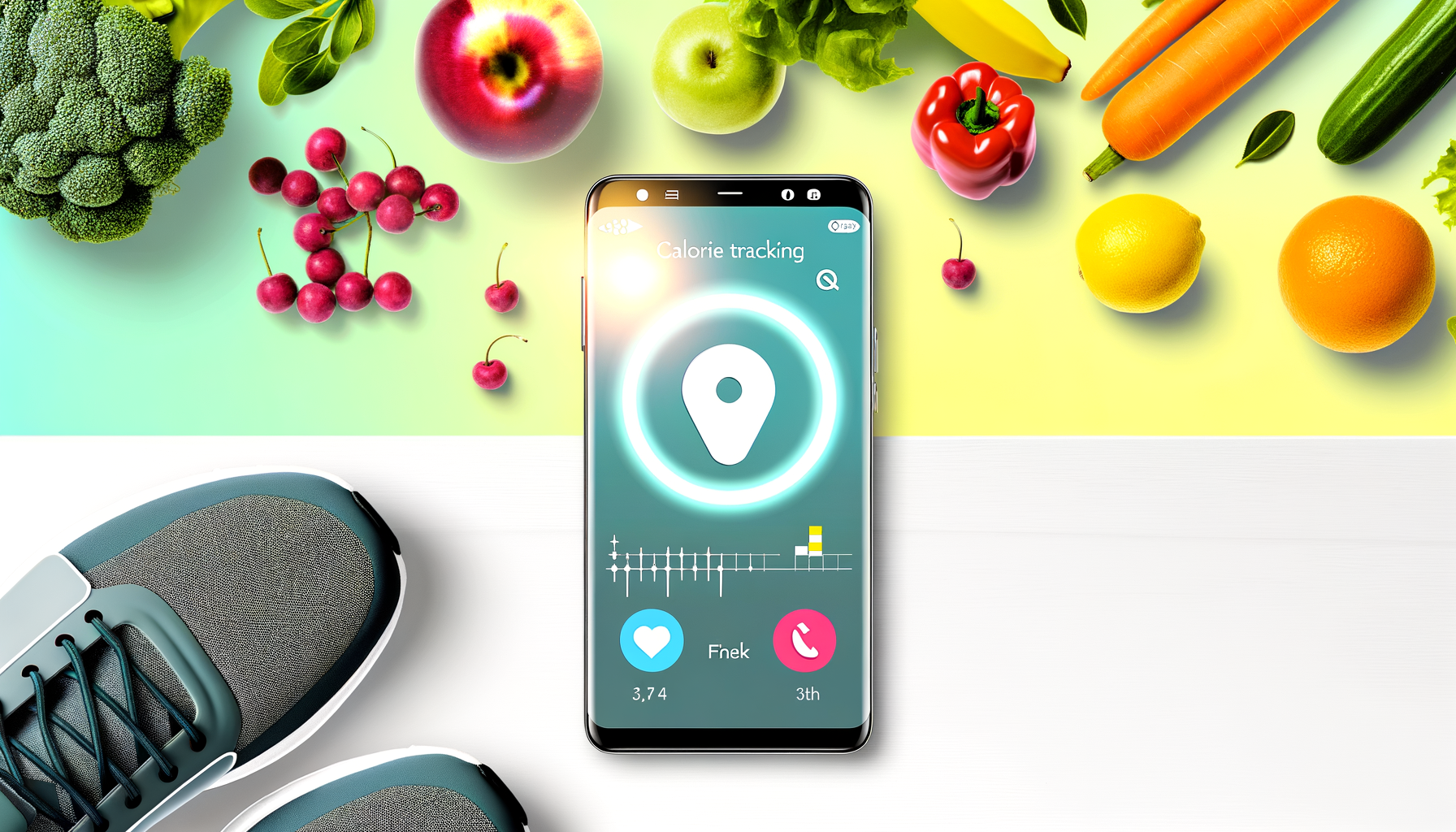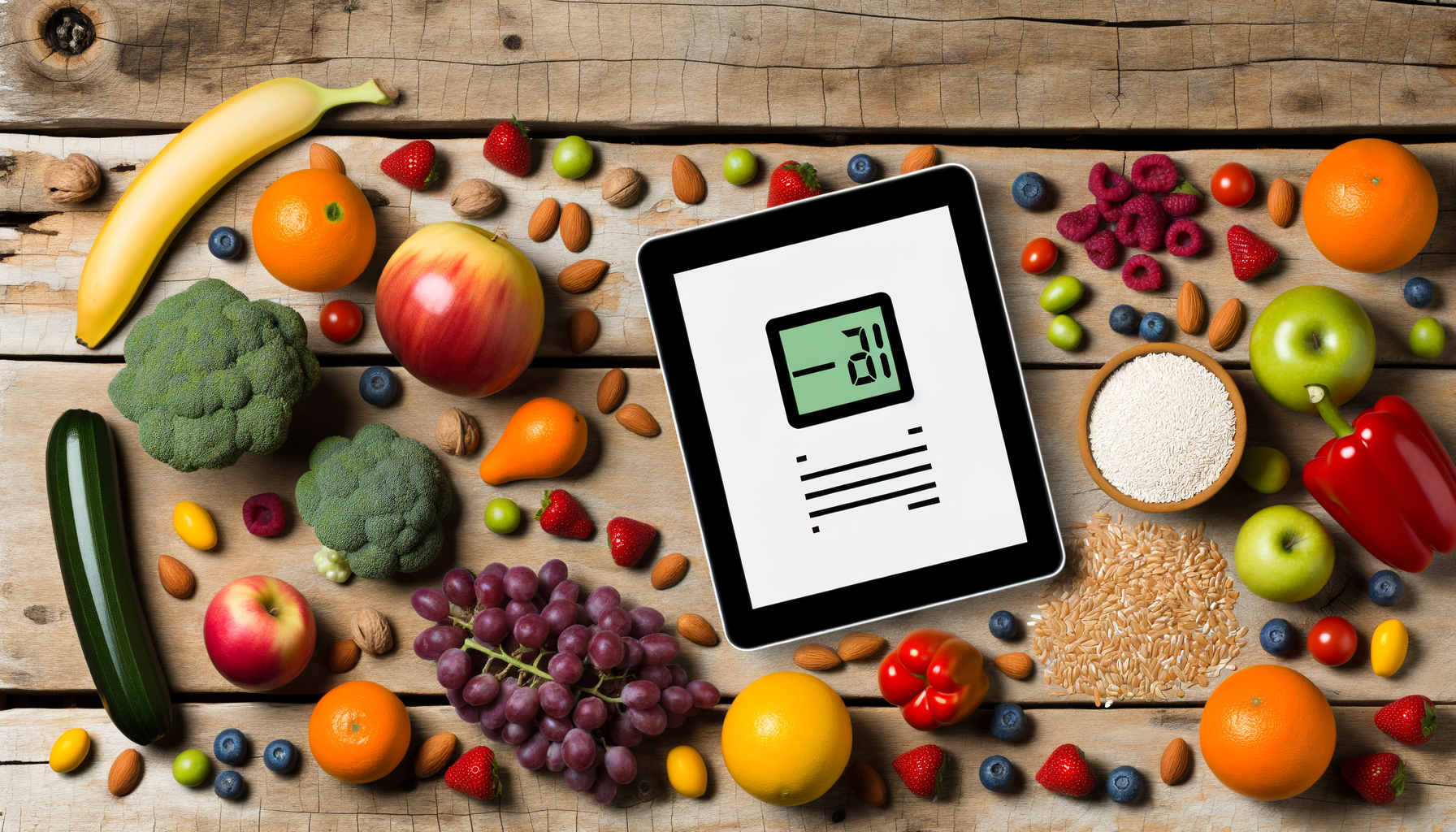Boost Client Motivation with Interactive Calorie Goals
In the ever-evolving landscape of health and fitness, boosting client motivation is crucial for achieving success in their weight loss or muscle gain journeys. One effective strategy is integrating interactive calorie goals into the client's routine, making use of tools like calorie tracking apps and gamification techniques. This post will delve into how setting interactive calorie goals can enhance client engagement, explore real-world examples, and provide actionable strategies for fitness professionals.
Understanding the Role of Calorie Tracking in Client Motivation
Calorie tracking is a foundational element in fitness journeys, as it allows clients to monitor their dietary habits closely and make informed decisions about their eating patterns. Tools like WP Calorie Calculator enable personal trainers to provide personalized calorie recommendations based on factors such as age, gender, weight, height, and activity level. By setting realistic calorie goals, clients can better understand the impact of their food choices on their overall fitness objectives.
Personalizing Calorie Goals
Personalization is key when it comes to setting calorie goals. Clients respond better to plans that are tailored to their specific needs and objectives. For instance, using a calorie calculator to determine a client's Total Daily Energy Expenditure (TDEE) helps in setting daily calorie intake goals. For weight loss, subtracting 500-1000 calories from TDEE can create an effective deficit, while adding calories for muscle gain ensures there is enough energy for muscle repair and growth.
Tools like Trainerize offer smart nutrition goal calculators, which can automatically calculate BMR and TDEE based on client profiles. This simplifies the process of setting precise calorie goals that align with clients' fitness objectives.
Integrating Interactive Strategies for Enhanced Engagement
Motivation is a critical factor in maintaining consistency in fitness journeys. Interactive strategies such as gamification, fitness challenges, and engagement techniques can significantly boost client motivation by making the process more enjoyable and competitive.
Gamification in Fitness
Gamification involves applying game design elements and mechanics to non-game contexts, in this case, fitness. By transforming calorie tracking into a game-like scenario, clients can experience a higher level of engagement. For instance, apps like Fitbit offer challenges and badges that encourage users to meet their fitness goals. Similarly, MyFitnessPal allows users to set and achieve food-based challenges, which can be integrated into broader fitness plans.
Case Study: Implementing Gamification
A real-world example might involve a client named Rachel, who aims to lose weight by reducing her daily calorie intake. Her trainer uses a calorie tracking app to set daily challenges, such as reaching a specific calorie deficit or completing a certain number of workouts per week. Rachel earns points for each challenge she completes, which can be redeemed for rewards like discounts on fitness classes or nutrition consultations. This approach not only motivates Rachel to stay on track but also provides a sense of accomplishment with each milestone achieved.
Engagement Techniques Beyond Gamification
Beyond gamification, other engagement techniques are crucial for sustaining client motivation over the long term. These include regular progress monitoring, personalized feedback, and the use of visual tools to track progress.
Regular Progress Monitoring
Regularly reviewing client progress is essential for maintaining motivation and adjusting plans as needed. Tools like Trainerize provide dashboards where trainers and clients can visualize progress through graphs and reports. This allows for timely adjustments to calorie goals and activity levels, ensuring that clients are always moving towards their objectives.
Personalized Feedback and Visual Tools
Personal trainers can motivate clients by providing detailed feedback on their progress. For example, if a client is struggling to meet their calorie goals, the trainer can offer tailored advice on meal planning or suggest alternative exercises to increase caloric expenditure. Visual tools such as side-by-side progress photo comparisons can also reinforce the impact of their efforts, serving as a powerful motivator.
Apps like Lifesum and Cronometer offer comprehensive tracking features, allowing clients to monitor not just calories but also nutritional intake. This holistic approach helps clients see the bigger picture of their health journey, fostering a deeper commitment to their goals.
Integrating Technology for Enhanced Client Experience
Technology plays a pivotal role in enhancing client engagement through calorie tracking. Advanced tracking tools and apps streamline the data collection process, making it easier for clients to monitor their progress in real-time.
Advantages of Technology Integration
Integrating technology into client coaching offers several advantages:
- Automated Tracking: Tools like Trainerize allow for automated tracking of workouts, nutrition, and habits, providing seamless integration with other apps like Fitbit.
- Enhanced Engagement: Interactive dashboards and reports keep clients engaged with their progress, making it easier to maintain motivation.
- Personalized Insights: Coaches can use data to offer personalized advice and meal planning strategies tailored to each client's needs and goals.
Case Study: Technology in Client Success
A case study involving a client named Alex illustrates how technology can enhance success. Alex used MyFitnessPal to log his meals and workouts daily, allowing his trainer to monitor his progress closely. Through regular analysis and adjustments, Alex was able to achieve his weight loss goal while improving his overall fitness level. The real-time tracking and personalized feedback provided by the app were instrumental in maintaining his motivation throughout the journey.
Conclusion and Future Steps
In conclusion, enhancing client motivation through interactive calorie goals is a powerful strategy in the health and fitness industry. By embracing techniques such as gamification, personalized feedback, and the integration of advanced tracking tools, trainers can ensure that clients stay engaged and motivated throughout their fitness journey.
If you're looking to boost client engagement and outcomes in your fitness coaching practice, consider integrating tools like the WP Calorie Calculator into your client strategy. With customizable plans to fit different needs, this tool can help you create personalized calorie goals that inspire and motivate your clients to reach new heights in their fitness endeavors. Explore more strategies for effective client goal setting and engage with the growing community of fitness professionals who are enhancing client success through data-driven insights.
Start building healthier habits today! Whether you're a personal trainer, wellness coach, or a fitness enthusiast, leveraging calorie tracking and interactive goal-setting can transform your approach to fitness and nutrition.
For more insights into effective goal-setting strategies and how to leverage calorie data for client success, visit our blog at WP Calorie Calculator Blog. Stay inspired and help your clients achieve their fitness goals with the latest in health and fitness technology!
Learn more about how calorie tracking apps like MyFitnessPal, Cronometer, or Lifesum can enhance client motivation and engagement. Discover how integrating these tools into your coaching practice can provide real-time insights and actionable data for better client outcomes.
Stay up-to-date with the latest developments in fitness technology and coaching strategies by following leading industry platforms like Trainerize and Fitbit, and explore how these tools can help you transform your coaching approach for greater client success.











